Flexible and thin lighting in automotive interiors can be achieved using advanced technologies like printed OLEDs, LED-on-foil, and light-guide films. Among these, OLEDs offer the most design freedom—providing ultra-thin, bendable light surfaces that seamlessly integrate into dashboards, panels, and fabrics while enabling responsive, ambient, and energy-efficient illumination.
Automotive interiors are undergoing a revolution. As vehicles become more connected, personalized, and expressive, designers are looking for ways to embed dynamic functionality directly into the surfaces themselves. Lighting—especially when implemented in thin and flexible formats—has emerged as a powerful tool for transforming the driving experience. Technologies like OLEDs (Organic Light-Emitting Diodes) are increasingly replacing traditional LEDs, offering superior design flexibility, minimal thickness, and interactive capabilities.
OLED lighting allows automakers to integrate ultra-thin, customizable illumination directly into vehicle interiors—enabling seamless surface integration, smart interactivity, and enhanced design freedom using printed, energy-efficient technology.
Flexible or thin-format lighting refers to lighting components that can bend or mold to interior shapes without sacrificing performance. This includes technologies such as:
These systems allow seamless integration into surfaces like dashboards, door panels, and roof liners, enabling ambient and functional lighting with minimal design compromise.
Rethinking Light: From Fixture to Feature
Modern car manufacturers are no longer satisfied with static lighting. They are exploring lighting as a medium of interaction and ambience, integrating it into dashboards, panels, and even fabrics. The goal is not just illumination, but expression—fine-grained control over color, intensity, and location that can change in real-time.
OLEDs enable this shift by offering lighting that is:
Flexible OLED lighting technology doesn't just represent an upgrade in aesthetics—it fundamentally redefines how interiors are experienced and interacted with. Thanks to their low profile and design freedom, OLEDs enable the creation of layered, immersive environments that respond to occupants in real time. Below are key applications where OLEDs unlock new design and functional capabilities:
Dashboards and Instrument Clusters
Enable subtle alerts, driver assistance prompts, or animated lighting effects for an immersive interface.
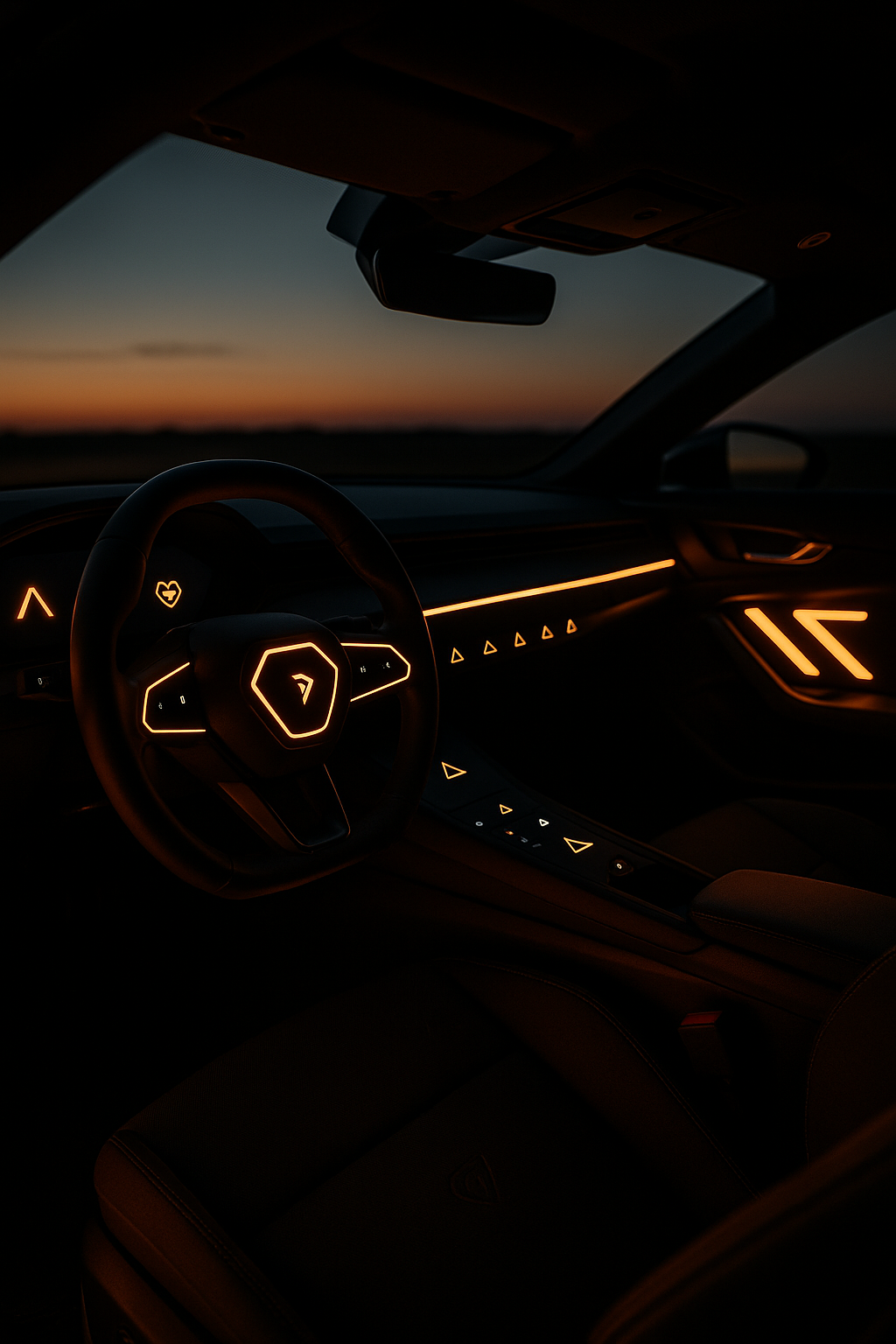
Door Panels and Armrests
Add ambient glow and dynamic effects that respond to music, user interaction, or environmental conditions.
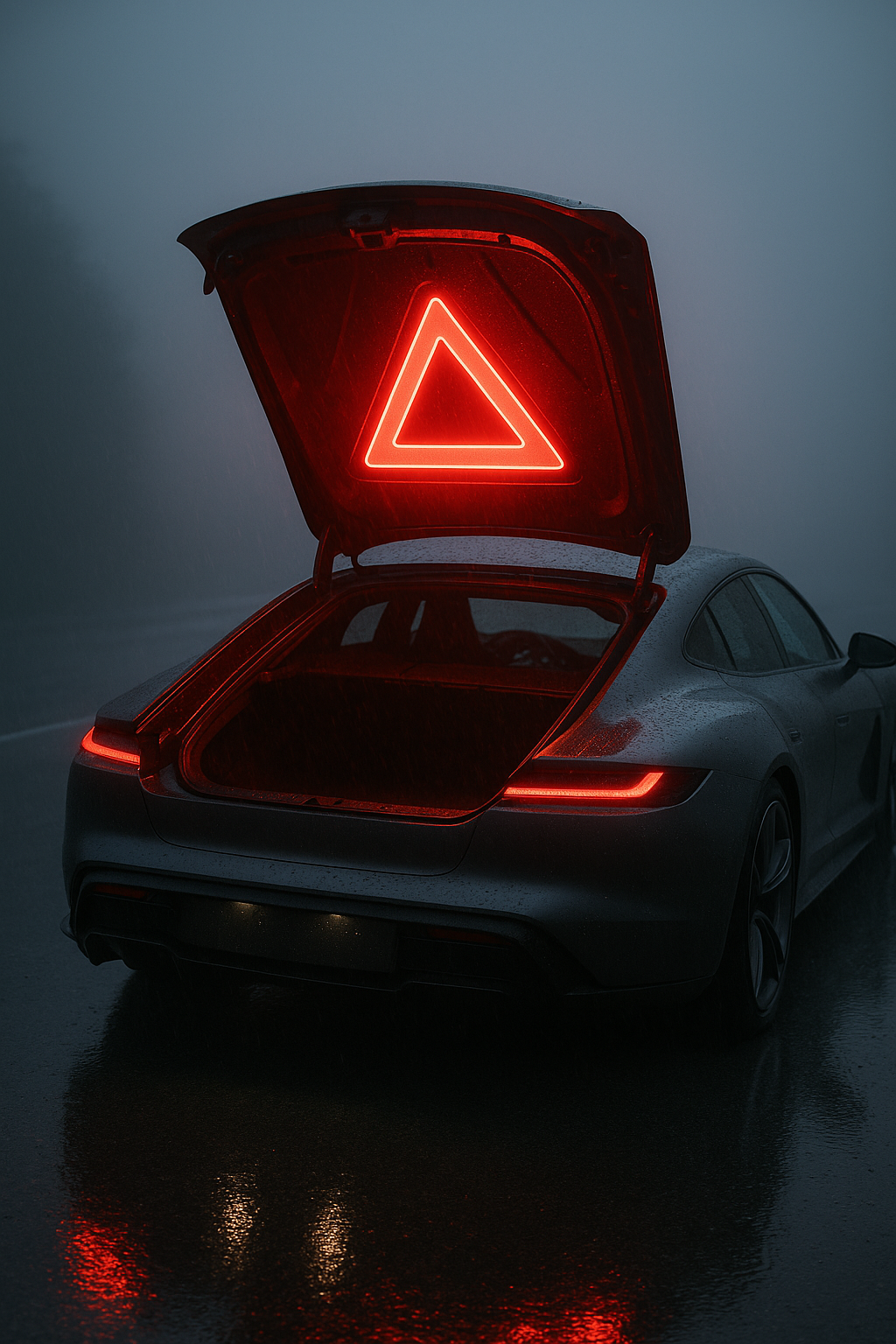
Ceilings and Headliners
Mimic starlight or adapt light temperature throughout the day to enhance passenger comfort.
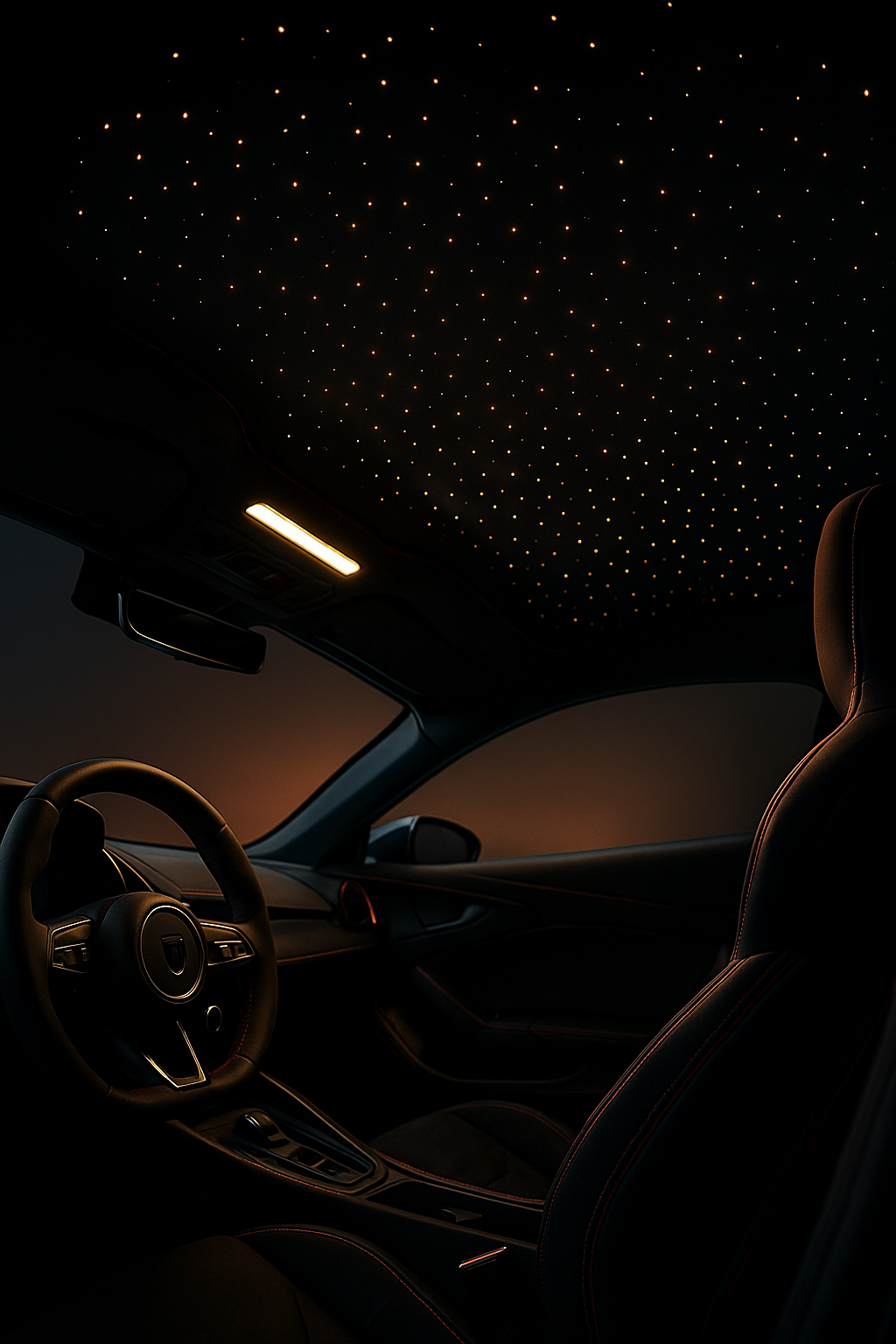
Seats and Stitching
Embed responsive lighting into textile or plastic trim for branding, entry animations, or safety prompts.
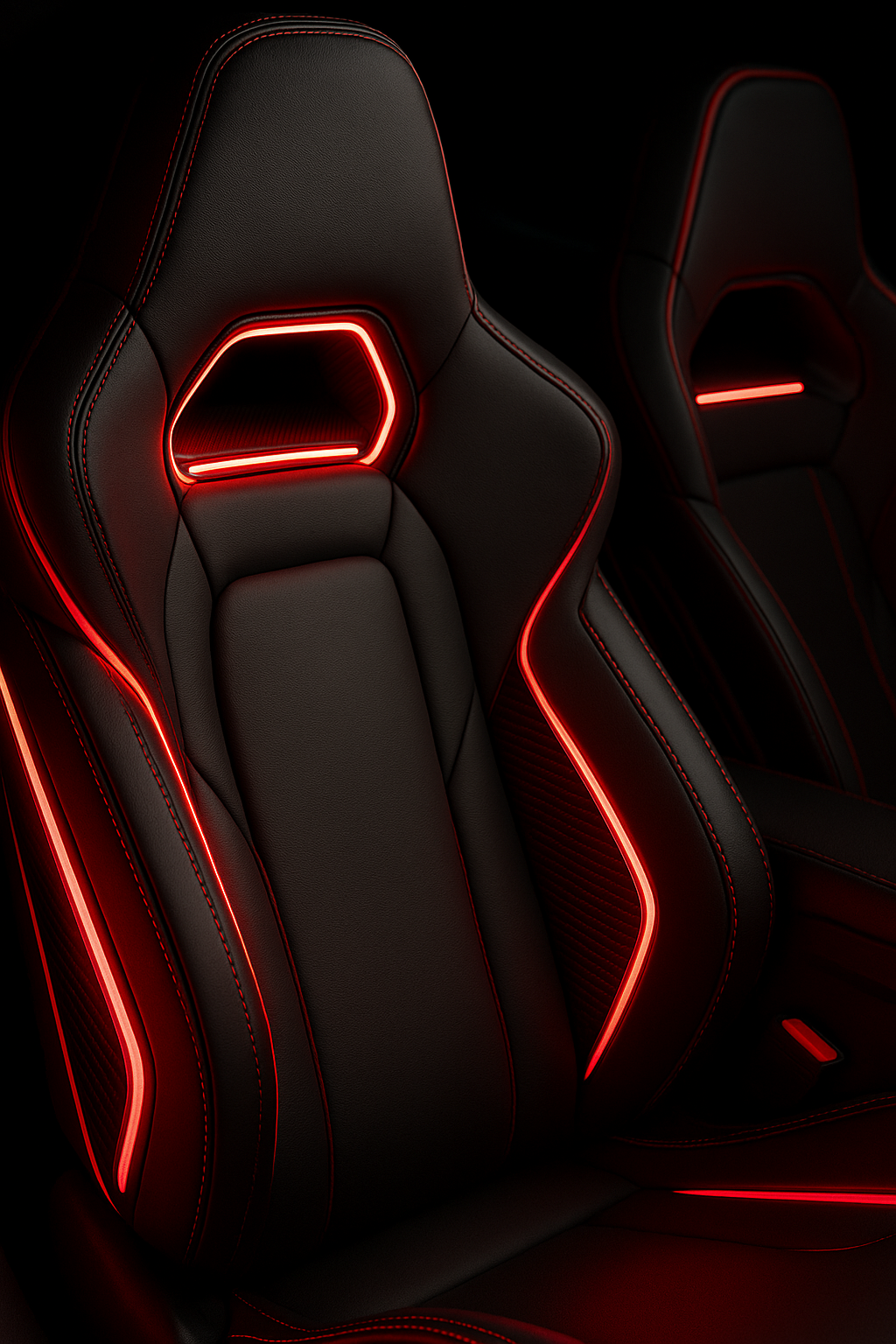
OLEDs can use up to 30% less energy than traditional LEDs in diffuse lighting applications.
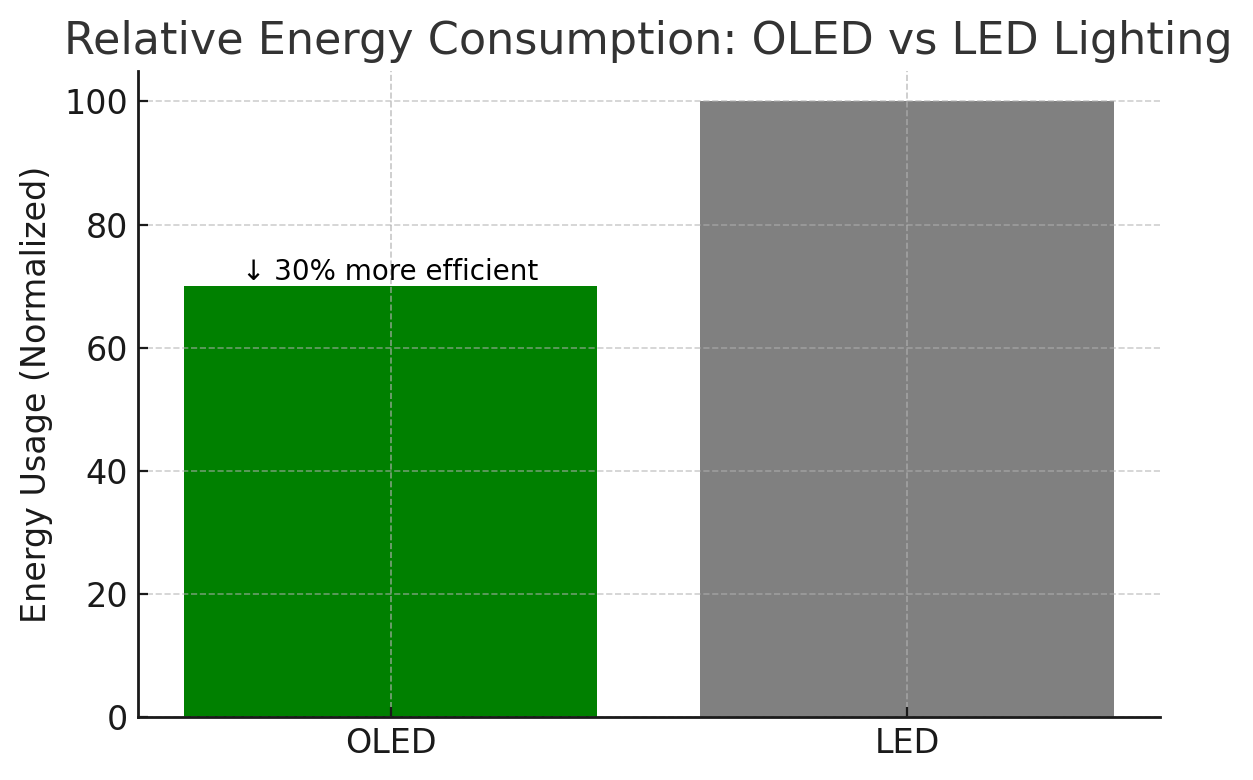
Traditional LEDs are point-based light sources that require additional optics and housings to distribute light evenly—adding bulk and limiting form factor. OLEDs, by contrast, emit light across the entire surface, creating smooth, glare-free illumination that enhances visual comfort. For designers, this means more freedom to sculpt ambient light into narrow trim elements, curved armrests, and unconventional spaces where LEDs would be impractical.
Additionally, OLEDs distribute brightness evenly without hotspots, a major advantage in user interfaces or luxury environments where quality of light matters. The absence of backlight or diffuser components not only reduces material usage but also simplifies integration into thinner assemblies.
Unlike LEDs, OLEDs offer:
Manufacturers increasingly turn to OLED to build futuristic, responsive, and more human-centric interiors.
Inuru’s OLEDs are produced through a proprietary scalable printing process that significantly reduces manufacturing costs (by up to 90% compared to traditional OLED production) and supports large-volume, free-form designs. Key benefits include:
This unique approach enables designers to add smart, sustainable light to nearly any material—from plastic and metal to paper and fabric. It also reflects our broader innovation strategy across sectors—see how Inuru brings innovation to packaging and fashion.
Forecasted growth in OLED adoption across the automotive sector (2023–2030)
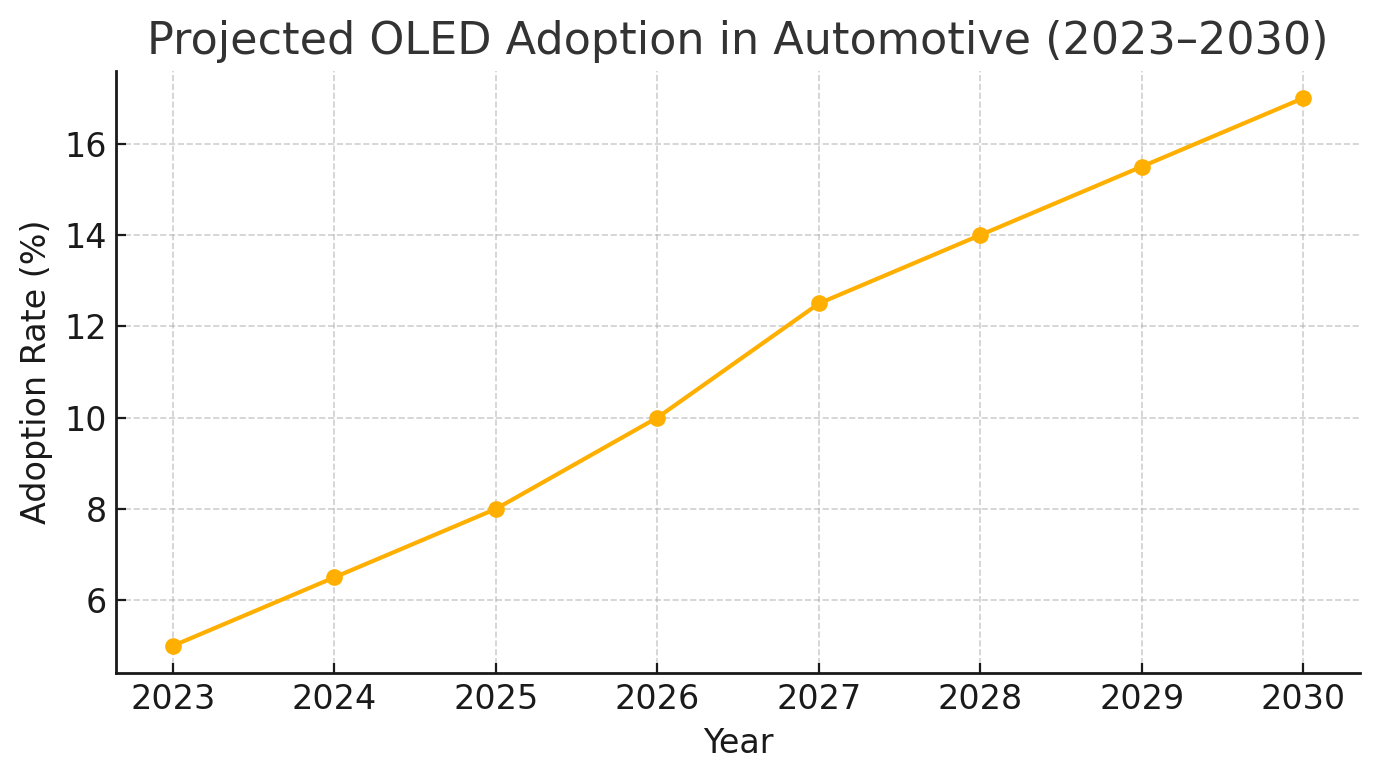
The demand for innovative interior lighting is rising rapidly:
These statistics confirm that flexible, thin lighting isn't just a design trend—it’s becoming a standard expectation for next-generation vehicles.
The evolution of mobility—from manual to autonomous, from mechanical to digital—requires new forms of communication within the cabin. Lighting is one of the few mediums that is both universally understood and instantly responsive. As such, it’s poised to play a key role in future human-machine interfaces (HMIs).
Imagine lighting that pulses gently to signal that the vehicle is in autonomous mode, or ambient strips that glow blue to indicate active lane assist. Adaptive lighting themes that shift based on biometric data—such as heart rate or stress levels—are also on the horizon, made possible by sensor-integrated OLED surfaces. In the future, lighting will no longer be a background feature; it will become an intelligent layer of interaction between occupants and vehicle systems.
SOURCES:
(4)https://www.energy.gov/sites/default/files/2022-02/ssl-rd22_spindler_diffuse.pdf
(6)https://www.arxiv.org/abs/2209.10761
(7)https://www.inuru.com/technology
(8)https://www.inuru.com/news/inuru-launches-oled-mass-production-near-berlin
(9)https://www.inuru.com/news/we-print-displays-inuru-prints-active-matrix-oled-display